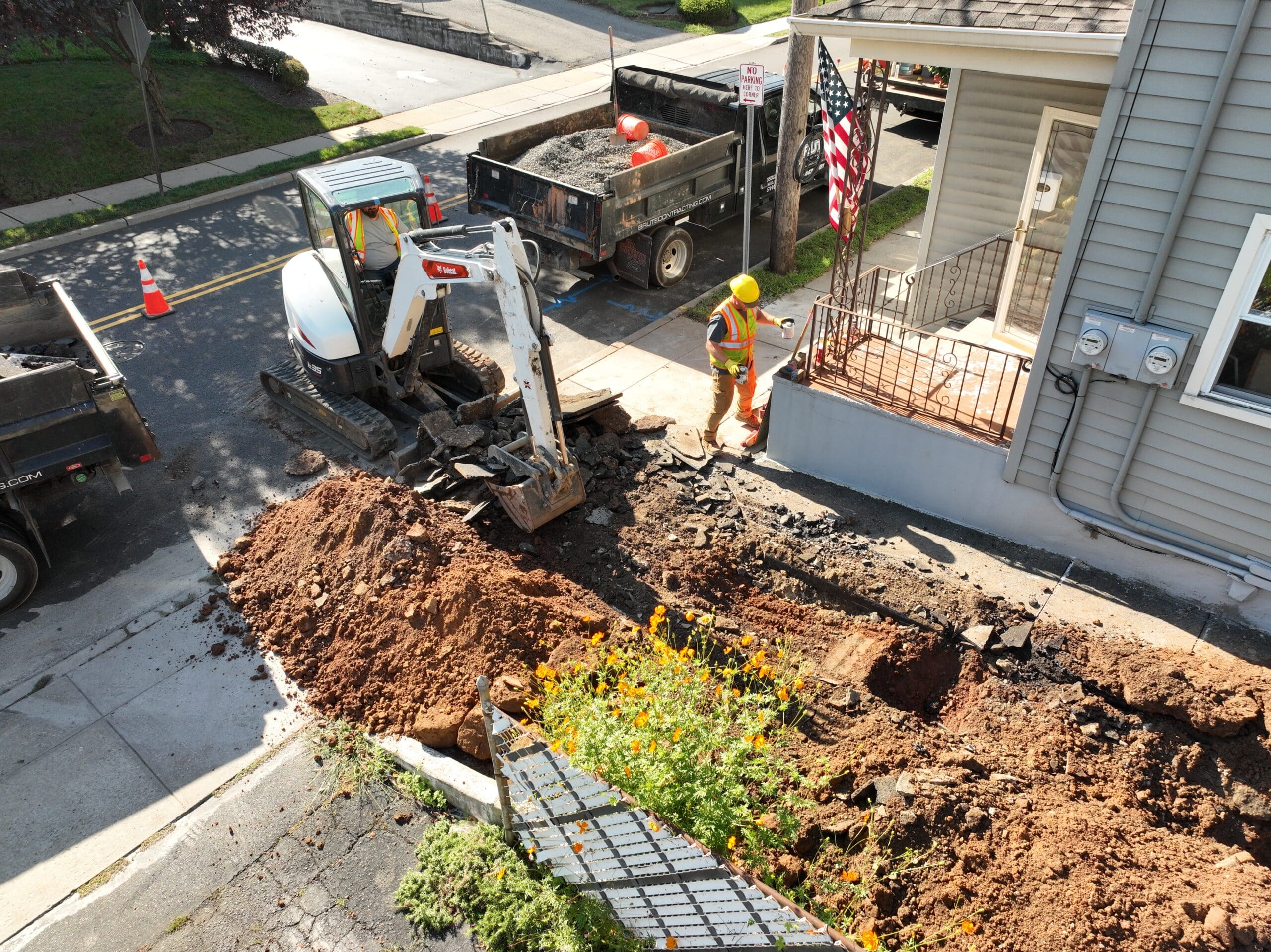Replacing a broken sewer pipe is a complex and often messy job that should typically be handled by professionals. Sewer pipes carry wastewater away from your home, and improper replacement can lead to further damage and health hazards. Here are the general steps involved in replacing a broken sewer pipe:
1. Assessment and Planning
- Locate the broken or damaged section of the sewer line. This may involve digging up the area or using video inspection equipment.
- Identify the type of pipe material (e.g., PVC, cast iron, clay, or concrete) and its diameter, which will affect the replacement process.
- Assess the extent of damage and determine whether a partial or full replacement is necessary.
2. Obtain Permits
- Contact your local building department to obtain the necessary permits for sewer pipe replacement. Compliance with local codes and regulations is crucial.
3. Gather Equipment and Materials
- Contact your local building department to obtain the necessary permits for sewer pipe replacement. Compliance with local codes and regulations is crucial.
Remember that sewer pipe replacement is a job that often requires specialized knowledge and equipment. It’s highly recommended to hire a licensed plumbing contractor or a professional sewer repair service to ensure the job is done correctly and safely. DIY sewer pipe replacement is discouraged due to the potential for costly mistakes and health risks associated with handling sewage. Get a free estimate and consultation for a sewer pipe replacement service by contacting us at (201) 581-3740 or fill out our contact form.


